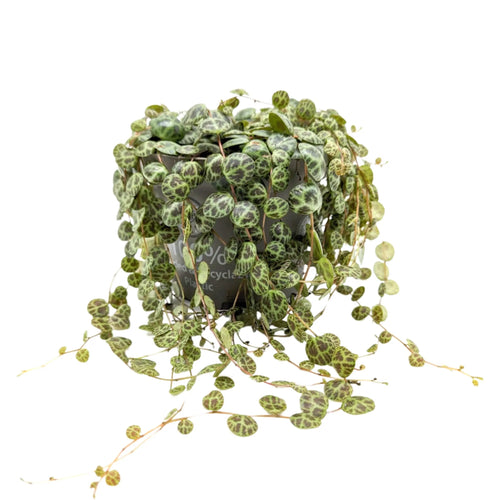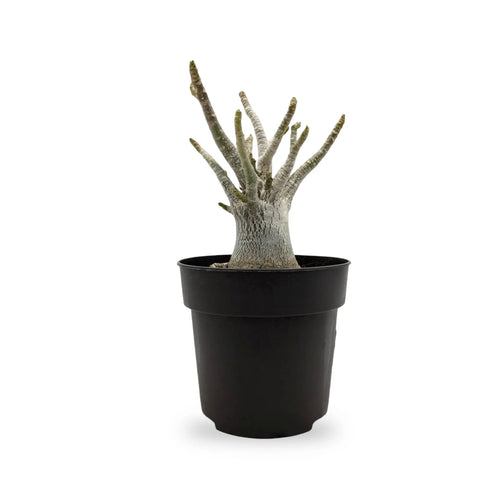Cacti are sculptural, architectural plants that add striking shapes, textures, and pops of colour to both indoor and outdoor spaces. They are ideal for beginner gardeners since they have very low maintenance requirements.
Unique Adaptations
Cacti originate from hot, arid desert environments. To conserve water and survive droughts over long periods, they evolved unique adaptations like thick, waxy skin preventing water loss and juicy stems storing fluids. Their sharp spines also deter predators from attempting to consume the succulent moisture within. These evolutionary tricks make cacti perfectly content with infrequent watering. Their distinctive shapes contain all the resiliency needed to thrive with little help in harsh conditions.

Sunlight Lovers
Since cacti originate from baking deserts, they thrive best in environments with abundant sunlight. Place cacti houseplants on bright south-facing windowsills or near grow lights providing full spectrum imitation sunshine. Outdoor potted varieties likewise appreciate maximum sun exposure on balconies, patios or porches warmed for extended hours under direct light. Locate garden cacti in beds with few shade trees blocking rays so they can photosynthesize optimally.
Good Drainage Critical
Because cactus roots easily rot from prolonged dampness, well-drained sandy grit soils provide an ideal moisture balance. Add perlite, gravel, crushed granite, sand, or small rocks into both potting mix and garden beds to prevent waterlogging while still hydrating those succulent tissues in between longer dry spells. If you're after a specific compost ready made - see this one Use containers with ample drainage holes at the bottom to release excess moisture. Position pots on pedestals to prevent soggy saucers. Drainage materials create porous breathability needed to avoid flooded roots while conservatively retaining some moisture.

Infrequent Water Needs
Match watering to cactus-native habitats by letting soil fully dry between deep soakings around one to four weeks apart depending on climate, sunlight, and size. Judge when to water again by poking a finger into the pot to feel for moisture below the surface. Shriveled appearance is the only obvious visual cue that additional hydration is needed for these resilient plants compared to extra-thirsty species wilting faster. With proper drainage provided, it’s safer to under-water than overdo it. Cacti naturally tolerate drought way better than they manage wet feet.
Easy Fertilisation
In their native habitats, desert cacti thrive in nutrient-poor rocky or sandy soils largely inhospitable to other plants. Therefore they aren’t heavy feeders requiring only occasional light fertilization, especially when actively growing between spring through fall. Use general houseplant or tomato feed diluted to quarter strength every month or so to provide adequate minerals without risking fertiliser burn. Many gardeners don’t bother feeding outdoor cacti at all. However occasional nutritional boosts keep potted plants from depleting resources confined inside containers.
Slow Growing
One benefit of cacti’s drought-friendly adaptation is they transpire minimal moisture waste and therefore grow at very slow rates - just inches per year. You won’t be constantly pruning fast-growing arms or root-cracking containers. This makes maintenance easy and breezy. Enjoy the charming compact size for many years. Re-potting into a next-size-up container is needed just every few years. Older specimens develop gorgeous architectural shapes over time as sinewy arms twist and woody bases thicken into interesting textures.










